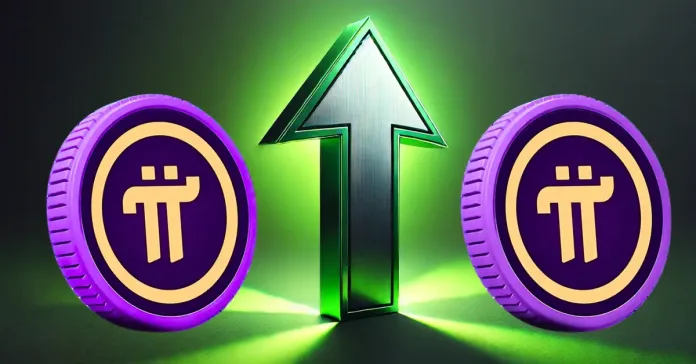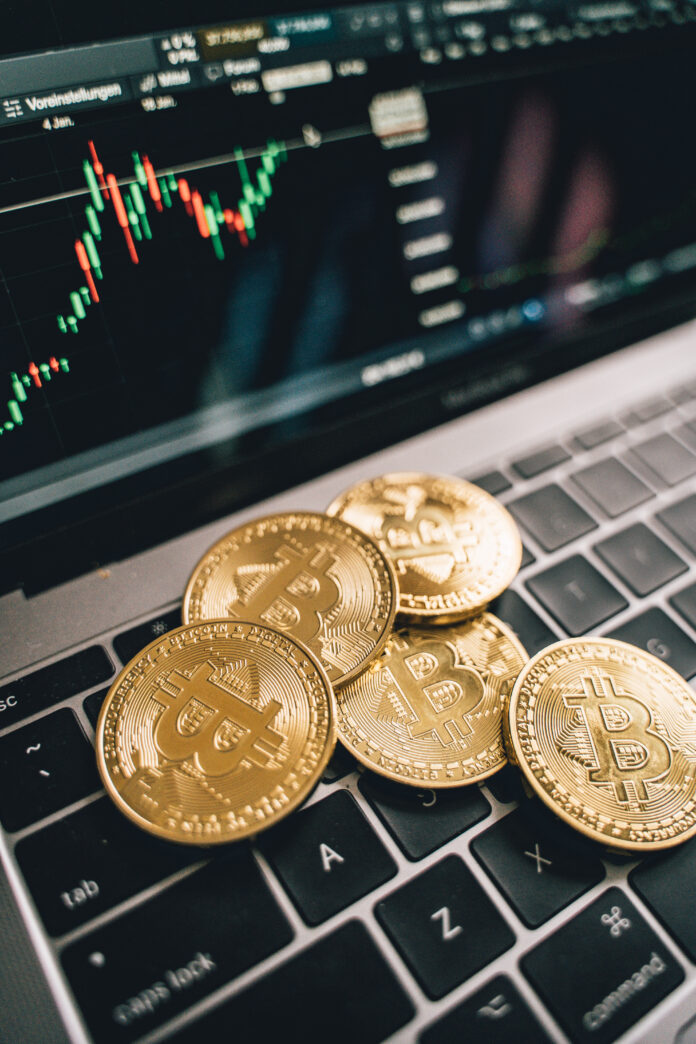Cryptocurrency
Pi Network Marathon: Ripple (XRP) Price Predictions Are We Closer to...
Pi Network Marathon!
Imagine strolling through the world of cryptocurrencies without expensive mining rigs, complicated setups, or energy-heavy processes. That’s the dream Pi Network offered...
JioCoin: Complete Guide to Reliance’s Revolutionary Cryptocurrency Launch in 2025
JioCoin Updates!
In a groundbreaking move that could reshape India's digital economy, Reliance Jio, the $57 billion telecom giant, has unveiled JioCoin - a cryptocurrency...
Pi Network Latest News: KYC Update, Deadlines, and What’s Next for...
Pi Network Latest News
The Pi Network is making waves in the cryptocurrency world as it approaches a critical milestone in its journey toward becoming...
Bitcoin Surges to $106,648: Factors Driving Its Meteoric Rise
Bitcoin, the largest cryptocurrency by value, has surged this year. Beginning at only $15,000, it recently peaked at an all-time high of $106,648 and...
How to Acquire a Cryptocurrency Exchange Licence?
The emergence of cryptocurrencies has sparked a new wave of financial creativity, capturing the attention of both investors and consumers. With the rise in...
Top Countries with Digital Currency Ownership (% of Population) in 2023
Cryptocurrency is reshaping the way people manage their finances. With the introduction of blockchain technology, cryptocurrency has rapidly gained popularity all around the world....









